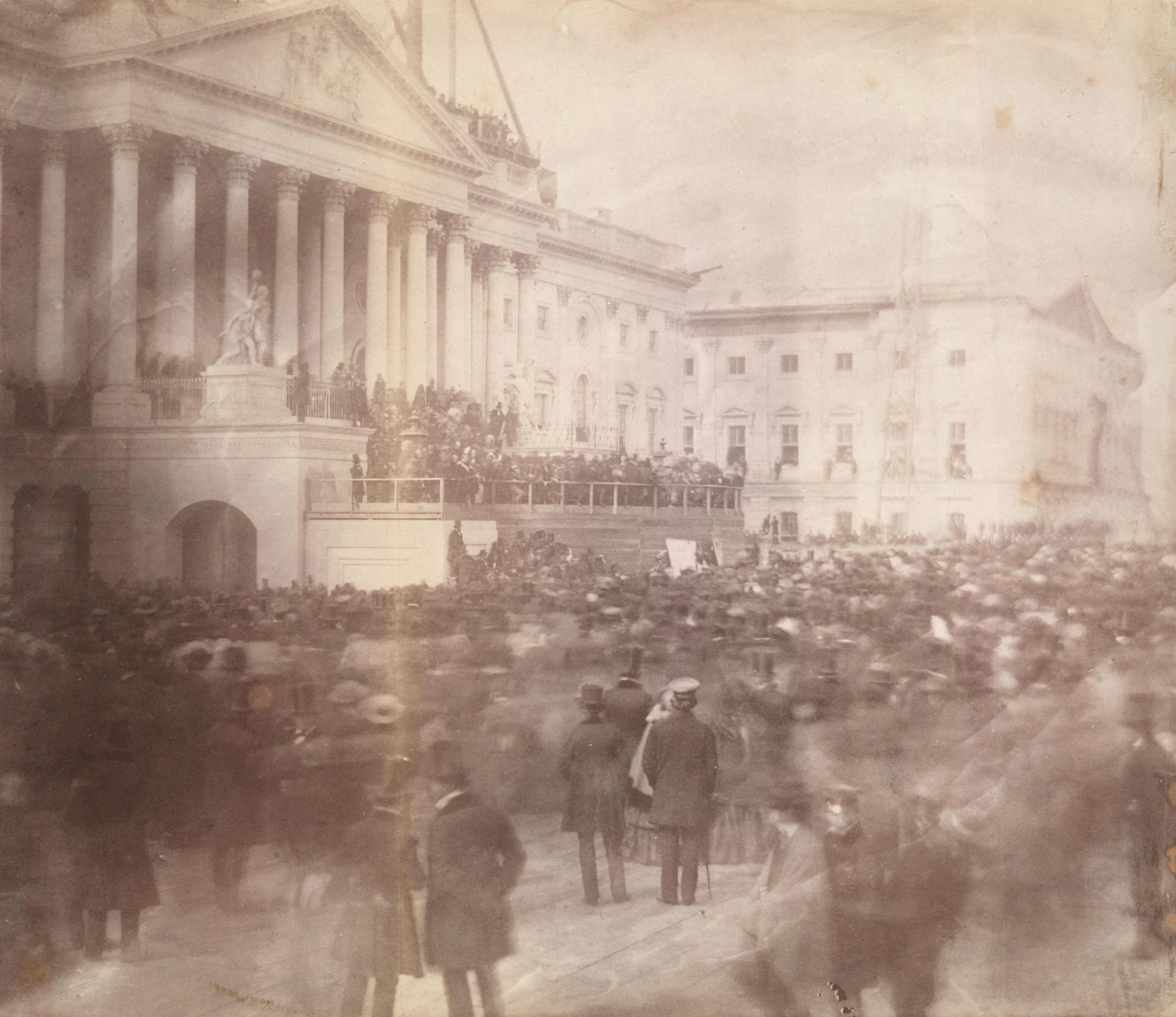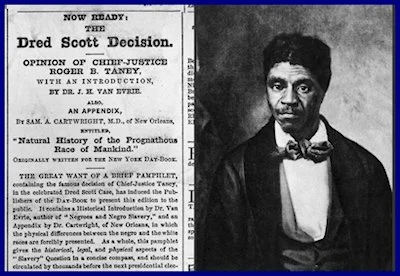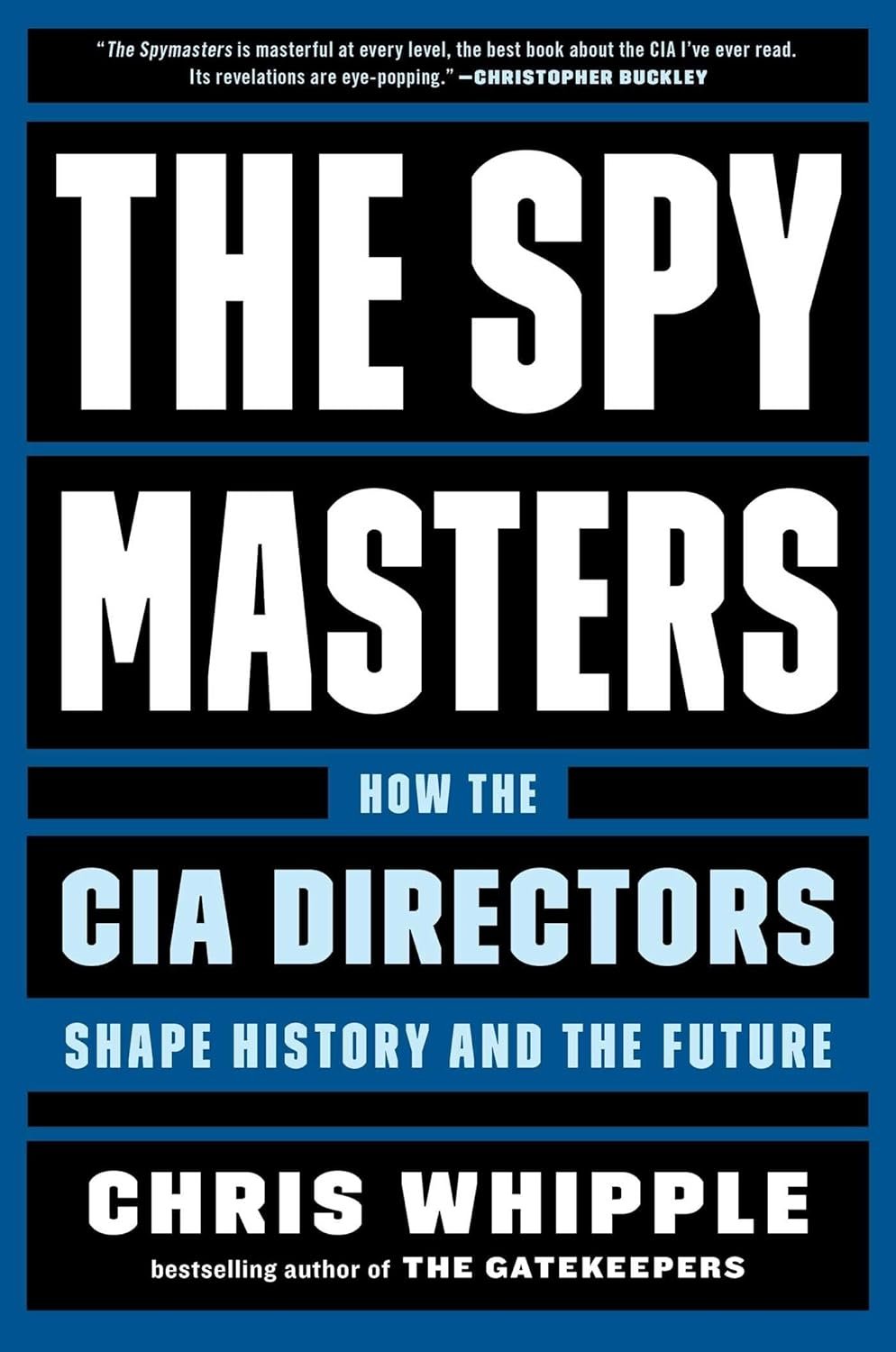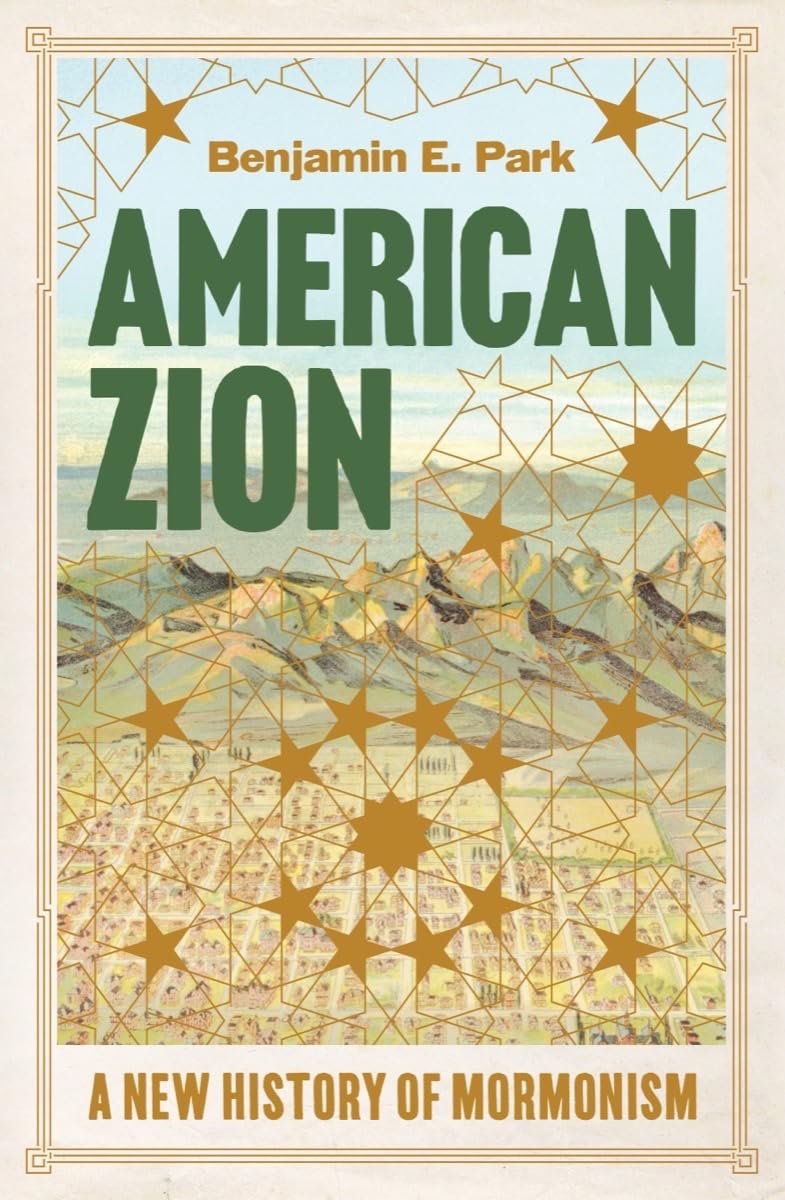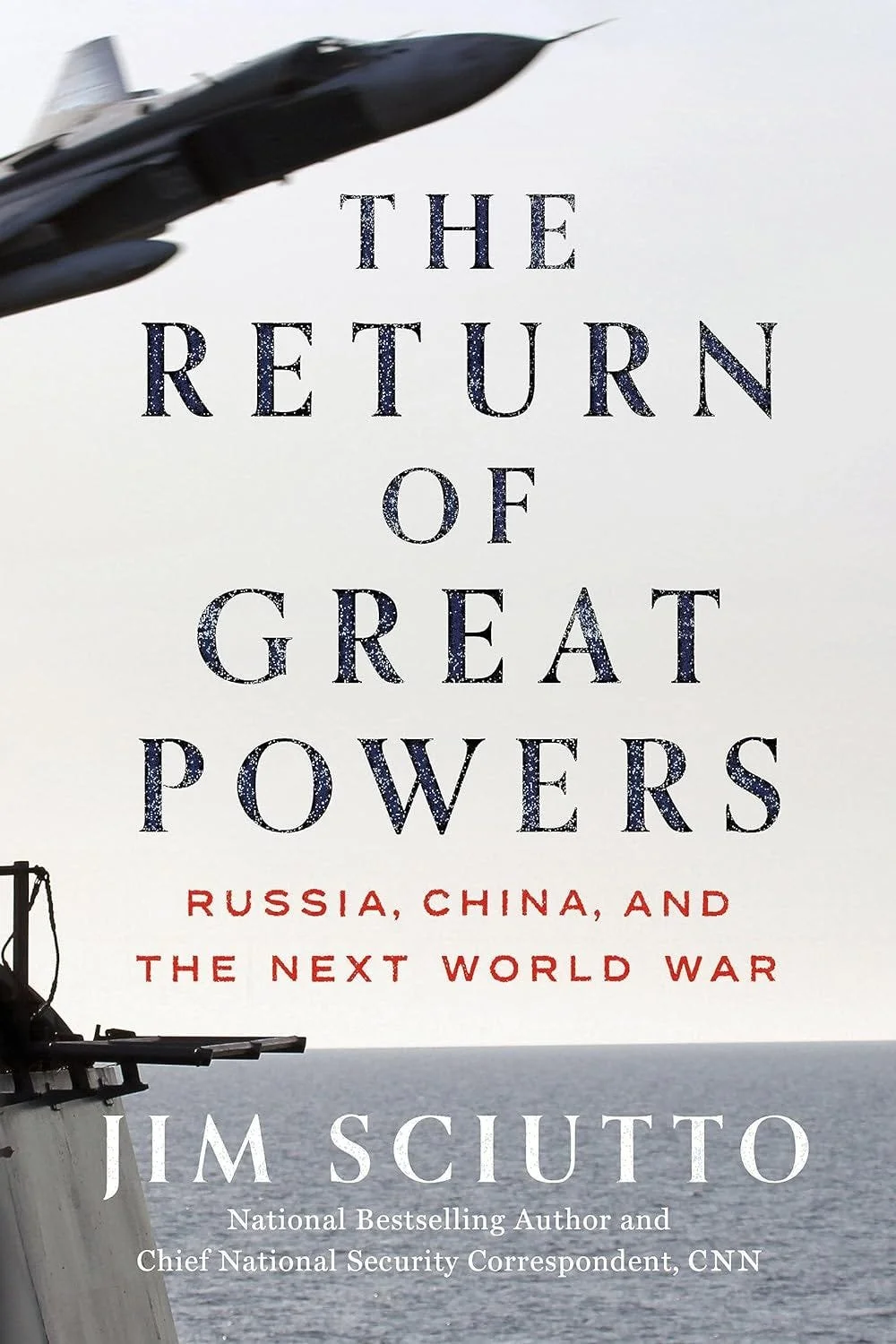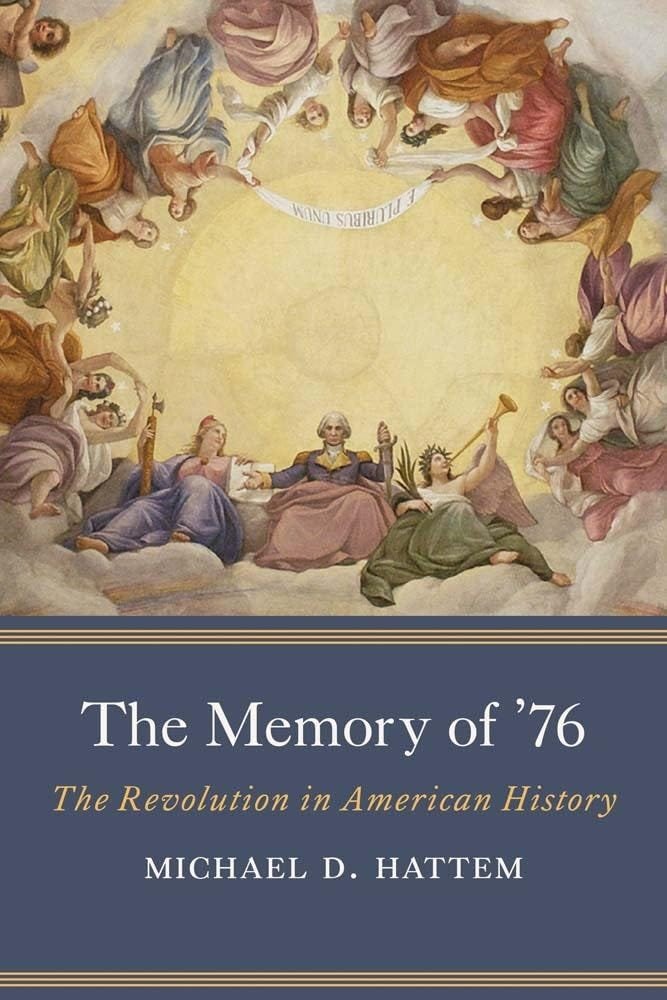The Supreme Court and Presidential Elections
December 2023 Imperfect Union
Thank you all so much for all your encouragement and excitement over my book cover. It was so fun to share it with you and I can’t wait to share more details in the coming months.
On Wednesday, the Supreme Court agreed to review an appeal on a case that would limit the use of mifepristone, an abortion pill. Now, before I dig into any of the details, I want to be very clear that I’m not writing a pro or anti-abortion article here. I firmly believe that decisions of faith, personal autonomy, health, and family planning are private. I will not tell you what to do and I would expect the same. Instead, I want to talk about the timing vis-à-vis the election and an interesting historic parallel.
A bit of background, just so we are on the same page. The case was originally heard in Amarillo, Texas (and intentionally filed there to get the one judge in the district). The district judge limited the use of mifepristone and ruled that the FDA’s initial approval of the pill had been inappropriate. The decision was appealed to the Fifth Circuit, which upheld the limitations on the use of the pill but rejected the invalidation of the FDA’s approval of the drug.
The Department of Justice and Danco, the maker of the drug, submitted a petition to the Supreme Court in September, asking the justices to stay the decision until further clarity could be provided. The justices obliged and the drug is currently available under FDA guidelines.
Mifepristone and other abortion pills account for half of abortions in the United States and mifepristone has been safely used by over 5 million people since its FDA approval. Which is not to say there have been 5 million abortions. Drugs like mifepristone are often prescribed by OBGYN’s to manage miscarriages which have already begun naturally.
If the decision is upheld, the drug could no longer be delivered by mail, even in states like California or Massachusetts where abortion is legal. It would have to be prescribed by a doctor after three medical appointments and only up through the seventh week (right now it’s available through the tenth). A point of clarification because a lot of people don’t understand how the weeks are counted. The counting begins as soon as a woman finishes her previous cycle. Most women don’t even begin to suspect they are pregnant until week four when they miss their period. Meaning, under this decision, women would have three weeks from the missed period to make the appointments, get the prescription, and take the drug.
The Supreme Court will likely issue its decision on this case in June or maybe early July 2024. In 2022, the Supreme Court issued its Dobbs decision, whichever overturned Roe v. Wade, around the same time. The decision had a significant impact on the 2022 elections and there is every reason to expect this decision would have a similar impact in the fall of 2024.
Dobbs was not the first Supreme Court case to affect an election, however. On March 4, 1857, James Buchanan took the oath of office and became the fifteenth President of the United States. In his inaugural address, Buchanan acknowledged the growing tensions between the North and South over slavery, in particular whether new states would be admitted as free or slave states. “This is, happily, a matter of but little practical importance,” Buchanan said (no surprise, this sentiment is not one I share).
The inauguration of James Buchanan, 1857, Library of Congress
“Besides, it is a judicial question, which legitimately belongs to the Supreme Court of the United States,” Buchanan continued. This issue was before the Court as he spoke and would “be speedily and finally settled.”
Two days later, the Supreme Court released its decision in Dred Scott v. Sandford. Chief Justice Roger Taney wrote the decision which held that the Constitution did not extend citizenship to Black Americans. The decision was 7-2 and is almost uniformly considered the worst decision in Supreme Court history.
The outrage over the case was immediate for obvious reasons. But many were also furious about the timing of the decision in relation to Buchanan’s speech. It seemed a little too convenient that Buchanan had predicted a speedy and complete resolution to the slavery question just two days before Dred Scott was delivered. Observers had every right to be suspicious.
In the 1850s, there were roughly four schools of thought. First, true abolitionists worked to abolish slavery everywhere. Two, those who opposed the expansion of slavery either as a political project because it gave the South inflated power in Congress, the presidency, and the Supreme Court, or because they felt slavery was unfair to free market workers. This group wasn’t focused on eradicating slavery where it existed, just fought an expansion. They also tended to resent when the North was forced to uphold slavery, like through the Fugitive Slave Act. Third, some Americans didn’t have strong feelings or were mildly pro-slavery, they mostly just wanted to avoid conflict and sought a legal resolution to the issue. You could put Buchanan and Taney in this category. Four, the actively pro-slavery South. Of course, there were those that didn’t fit neatly into these categories, but for the purpose of our discussion, let’s stick with those.
Both Buchanan and Taney believed that a sweeping Court decision would put an end to the legal question of slavery and therefore, resolve the tensions between the North and South. In early February 1857, Buchanan spoke with his friend, Justice John Catron, about the case. Catron urged Buchanan to write to Justice Robert C. Grier, a northerner who represented a swing vote on the case. Grier initially opposed issuing a decision that addressed major constitutional questions, but Buchanan pressured him to support a landmark decision. After Grier caved, Catron reported the results to Buchanan.
The president, therefore, knew the outcome of the Supreme Court case before it was publicly released and before his inauguration. Critics of the decision couldn’t help but note that Buchanan seemed to reveal his advanced knowledge in his address—a breach of judicial etiquette.
In the nineteenth century, the Supreme Court was much more overtly political. Justices regularly ran for office, participated in campaigns, and actively pursued political outcomes. Nor were the norms and customs the same. Judicial secrecy surrounding opinions was still the expectation, but the spoken and unspoken rules were not as firmly entrenched as they are today.
Nonetheless, this obvious presidential interference in the Supreme Court suggested collusion between the Doughfaces and the Southern Slave Power. (Doughfaces were northerners who supported southern positions in political disputes, especially slavery).
The decision had monumental implications for the political system and the nation. Northerners and abolitionists rejected the decision and the Supreme Court’s right to issue it. Dred Scott undermined public faith in the Court and institutions more broadly. The decision solidified the divide between the North and the South and made future legislative compromises nearly impossible. The decision also strengthened the nascent Republican Party and its position against slavery. While nothing is ever fully inevitable, the Dred Scott decision made the Civil War more inevitable than anything else (in my opinion).
The decision also invalidated Buchanan’s presidency from the beginning. Almost all the support he retained in the North evaporated immediately. The decision also guaranteed that slavery would be the defining issue for the next three years into the 1860 election. It probably would have been the central question anyway, but it gave Republicans, including Abraham Lincoln, a concrete point upon which to campaign.
On June 16, 1858, Lincoln delivered one of his most famous speeches in which he declared,
“A house divided against itself cannot stand.”
The speech was a response to the Dred Scott decision and the Democratic conspiracy he saw behind the pro-slavery measures of the 1850s.
To be clear, I am not saying the Dred Scott and Dobbs decisions are the same, so let’s not use that red herring of an argument. It is worth noting, however, that both cases denied the existence of a constitutional right that many believed existed prior to the decisions. Nor am I an expert on 21st century elections. I don’t pretend to know what the Supreme Court will rule in June or how the decision will affect the election in November, but history suggests that it will be a central player.
Books:
Currently Reading: The Spymasters: How the CIA Directors Shape History and the Future by Chris Whipple
Up Next: American Zion: A New History of Mormonism by Benjamin Park (January 16, 2024)
Coming Soon: The Return of Great Powers: Russia, China, and the Next World War by Jim Sciutto (March 12, 2024)
On the Horizon: The Memory of ‘76: The Revolution in American History by Michael Hattem (July 23, 2024)
